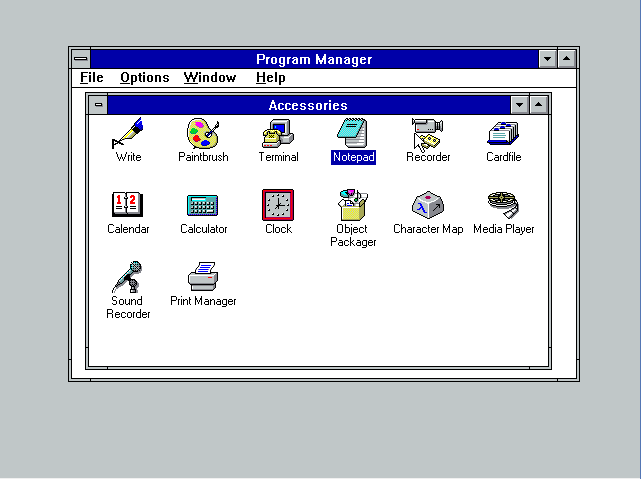I’ve never really worried too much about SEO for mjtnet.com. We’ve certainly never done anything black hat or spammy.
All we’ve ever done really is made sure we have contextual content on the site that caters to human beings and does all the obvious things like make sure we have our important key phrases in the text of the page.
But earlier this year I became aware that our organic search traffic had declined. And looking at the trend over time I realised that our rankings for keywords like “Macro Recorder” had taken a tumble just after Google’s Panda update in 2011 and then again with Penguin in 2012.
I felt a little silly. I should have noticed at the time. But I guess I was focused on other things. I remember reading about Panda and Penguin and sniggering quietly to myself whenever I heard that someone who had employed dubious SEO methods had been penalised. Little did I know that somehow we’d suffered too!
I’m not really sure why this is. Like I said we’ve never done anything black hat. We’ve never bought links.
Our domain has existed since 1997. We’ve been around a long time in Internet terms. In the early days of the web there was no Google. There wasn’t even a proper search engine. If you sold software what you did was upload your trial (or shareware) versions to a number of download sites. That’s how people found our software.
Over the years we’ve continued to list our software on download sites but their importance has diminished while search engines, and more recently Google, have become the most important way to be found.
Many of the download sites have suffered as a result and have resorted to dubious means, such as forcing downloaders to use their own installers which bundle downloads with adware and browser extensions.
I wonder if we have been penalised for our association with these sites. Once our software is out in the wild, we have little to no control over who lists it, so it seems a bit unfair if it is the case that our rankings have suffered because of these sites.
In the mean time competitors have appeared who seem to rank better for some of our key phrases, despite having fewer back links, and less longevity and in some cases less context for the key terms.
We’re doing our best to fix that but there’s not a huge amount we can do other than keep writing content and keep helping our customers and hope that they share and bookmark our web pages and blog posts – hint hint ;-).
Frustrating. But that’s life these days I guess. We dance for the Google god.
